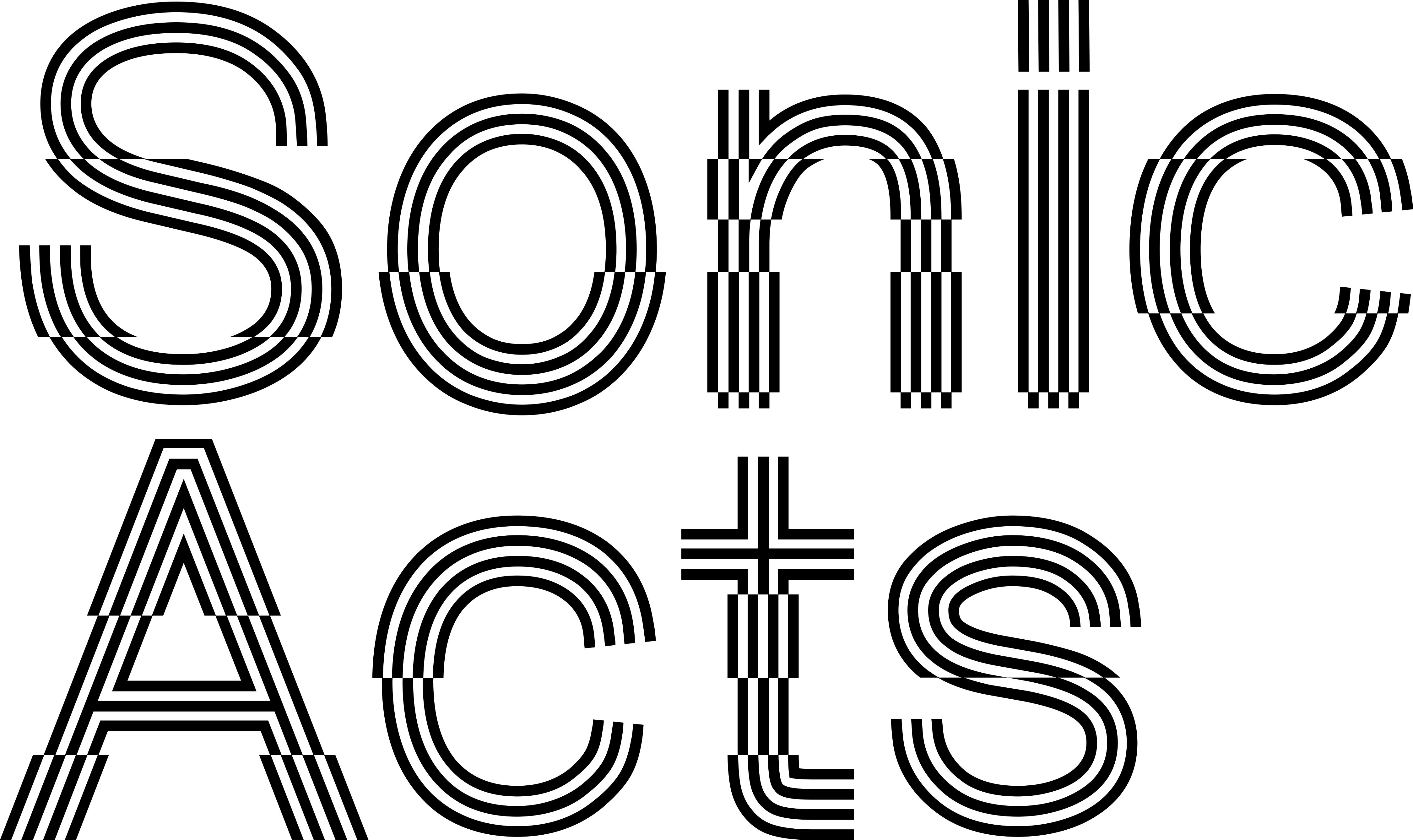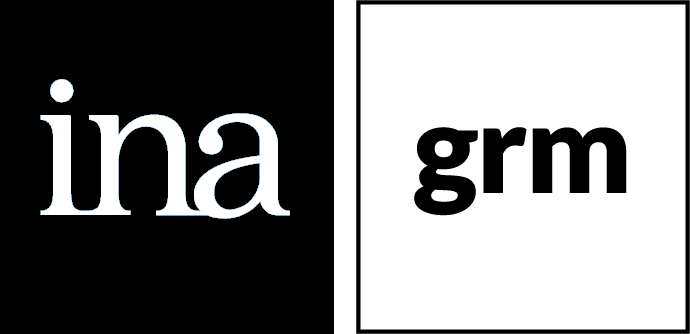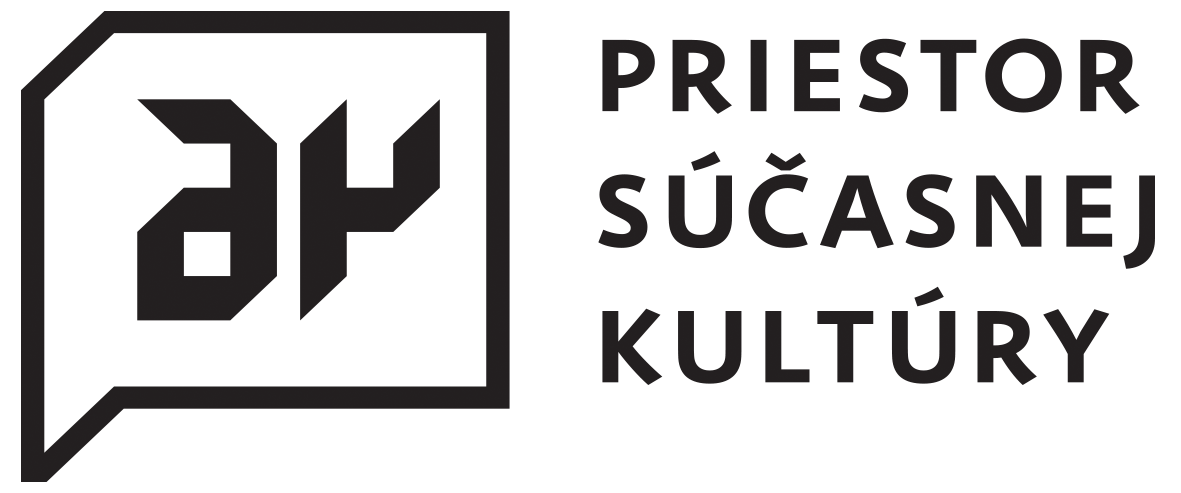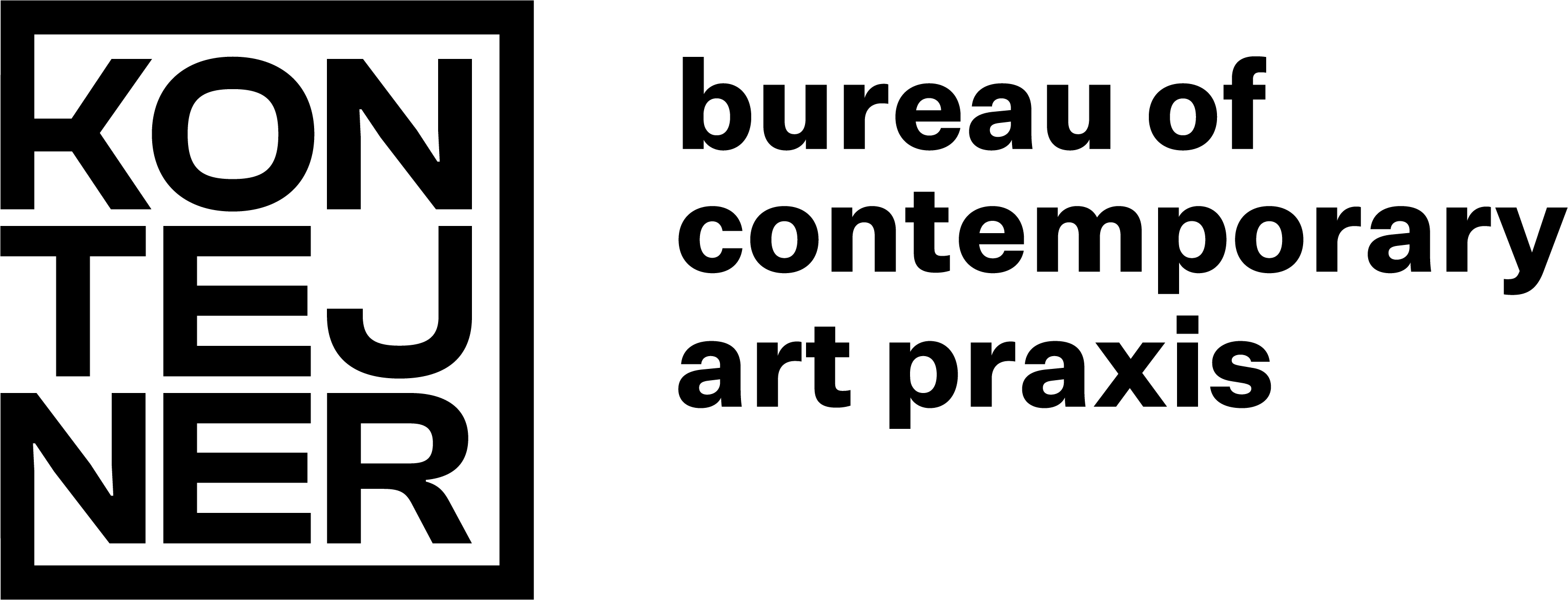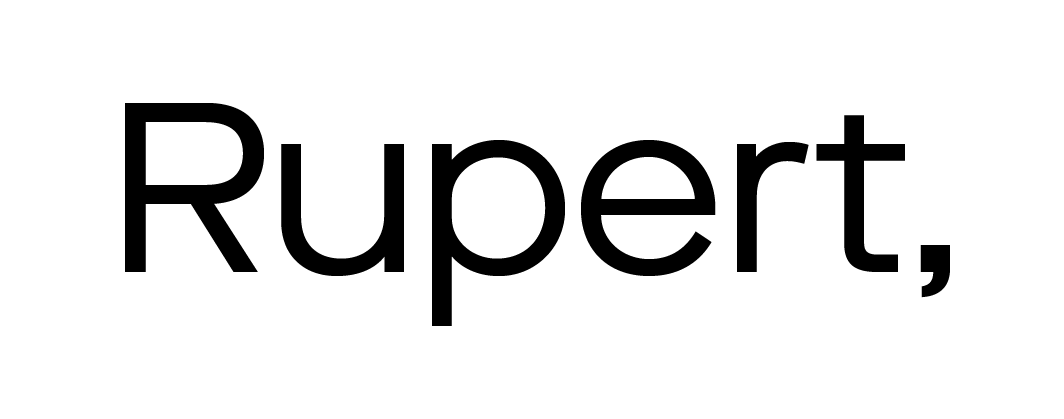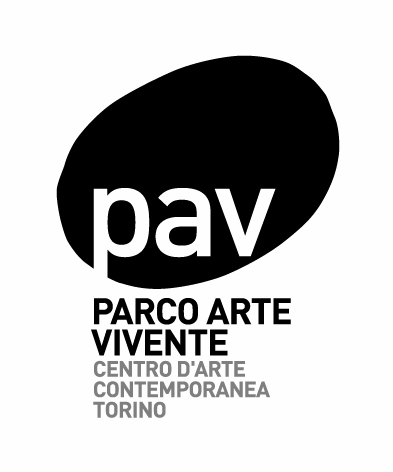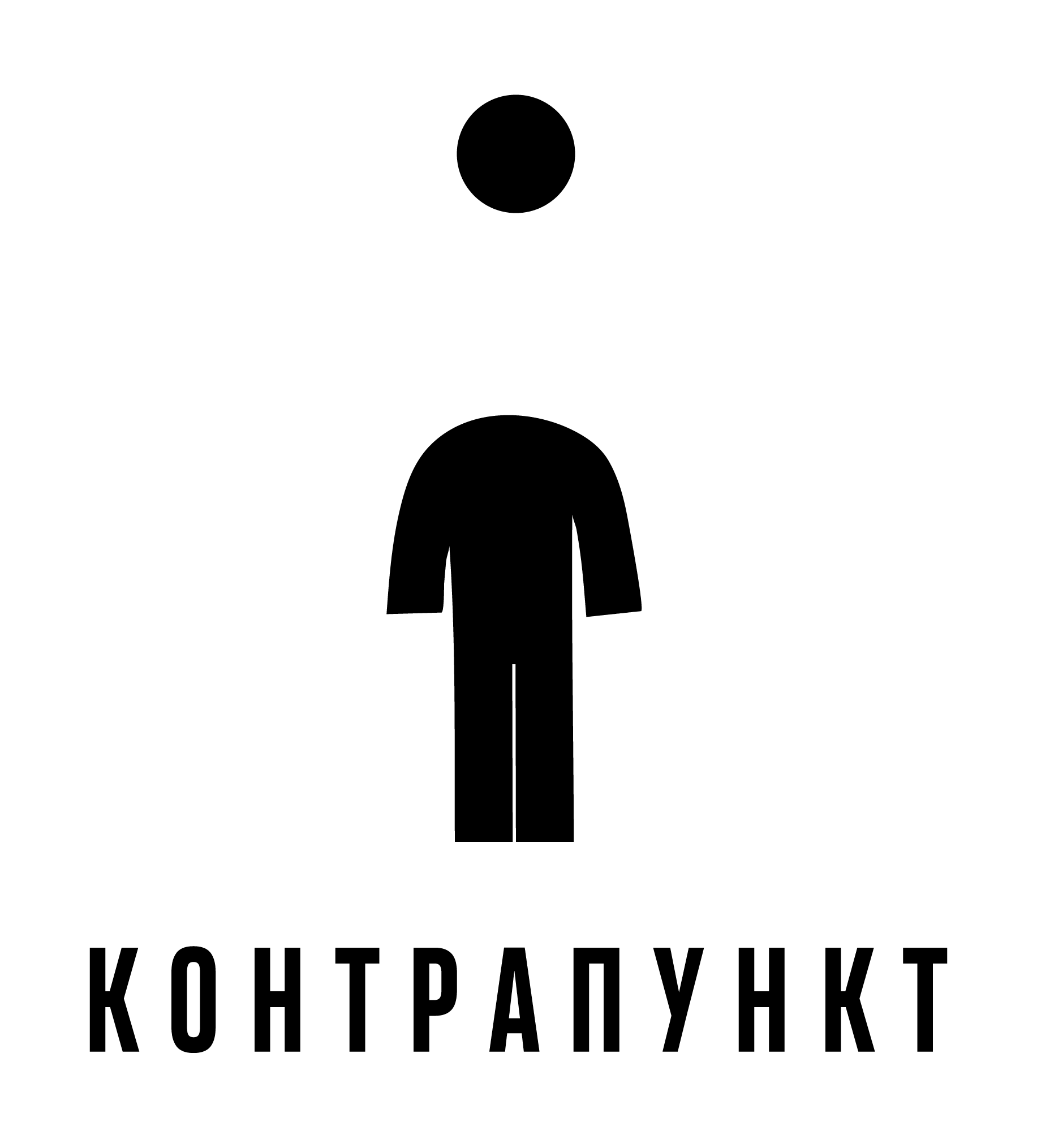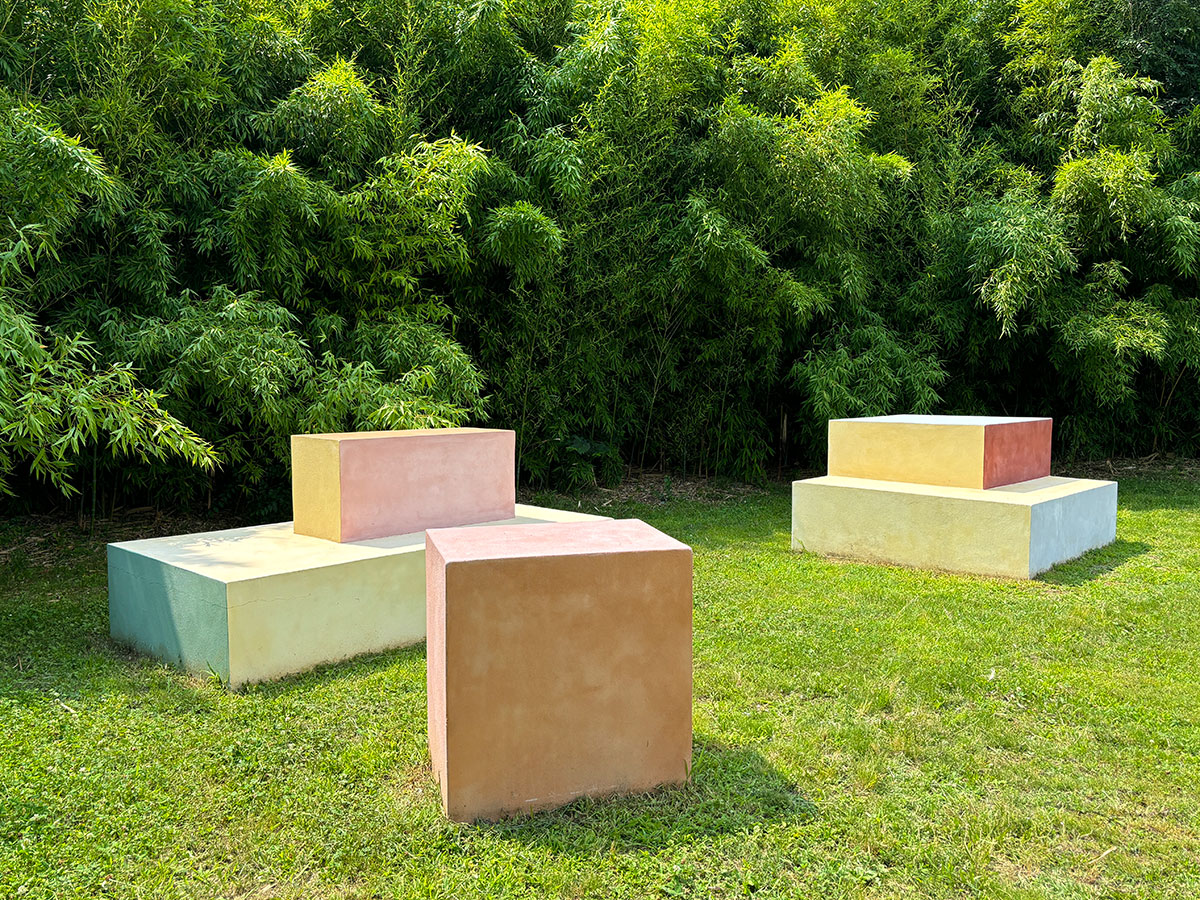
Photo credits Parco Arte Vivente
Marko Tadić intervention The School was conceived for his solo exhibition Heliopolis at Parco Arte Vivente (PAV), as part of PAV’s annual programme that sees reusing and circularity not only as an ecological and cultural strategy but, above all, as a utopian means of survival. The School is a permanent intervention in the PAV park, and is intended to be a welcoming and liveable rest area for the public and schools who visit PAV.
Heliopolis consisted of four thematic islands: Leaving the Frame, Flow Diversions, The Open Future and From the Shell (of the Old) in which the relationship between ecology, utopian architecture and science fiction was investigated by means of a multi-layered perspective. Tadić imagined and planned an utopian city by contaminating modernist, technical-utopian projects of the Croatian avant-garde designer, sculptor and architect Vyaceslav Richter (1917–2002) with a science fiction imagination, and by imposing an ecological reflection on Richter’s complex systems. Through drawings, collages, and animations, Tadić hypothesized an expansion that includes these new issues relating to the relationship between humans, the environment and technology while using renewable resources.
Marko Tadić (Croatia, 1979) studied painting at the Academy of Fine Arts in Florence. His artistic practice goes from drawings to installations and animations. The winner of numerous international prizes, in 2015, he received the Vladimir Nazor prize (Croatia) for the best exhibition and, in 2008, the Radoslav Putar Award (Croatia) as the best young contemporary artist. He has participated in numerous residences in Helsinki, New York, Los Angeles, Frankfurt, and Vienna. He has collaborated with the Art Academy in Zagreb as a tutor in a workshop on artists’ portfolios, field recordings and radio drama. He teaches at the Academy of Fine Arts in Zagreb and at the Nuova Accademia di Belle Arti NABA in Milan. His films have been shown at various international festivals of film animation and experimental films. In 2017, he represented Croatia, together with Tina Gverović, at the 57th International Art Exhibition, the Venice Biennale.
Part of Re-Imagine Europe – New Perspectives for Action. Co-funded by the European Union. The exhibition was realized in collaboration with the Museum of Contemporary Art Zagreb, and supported by Compagnia di San Paolo, the Fondazione CRT, the Regione Piemonte and the City of Turin.
For further enquiries, contact: info@parcoartevivente.it
Commissioned by




